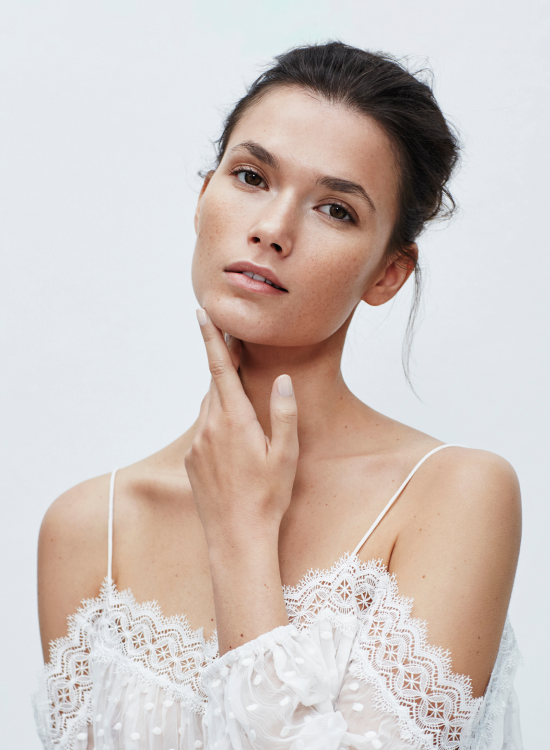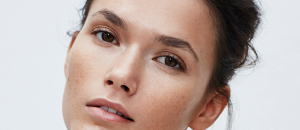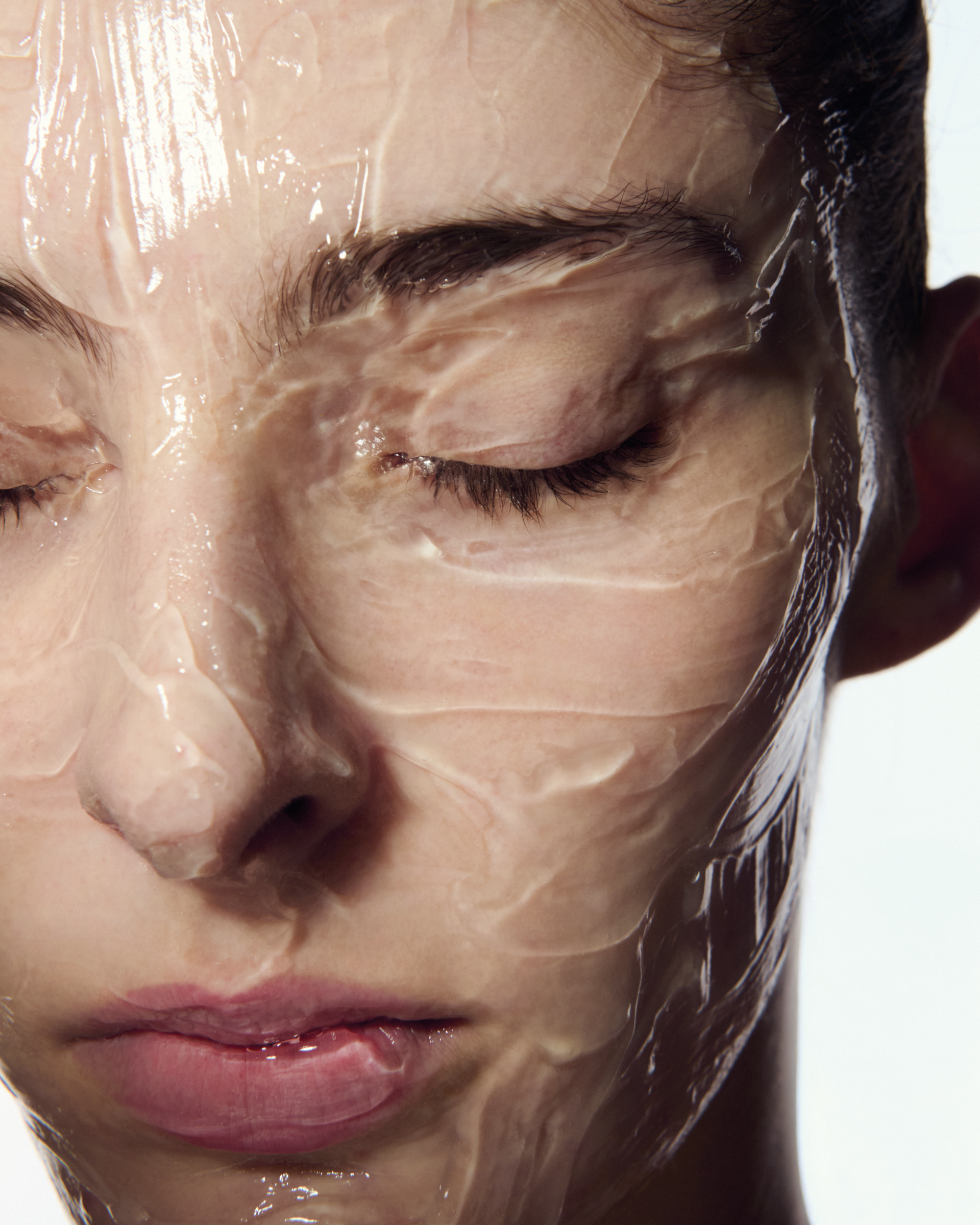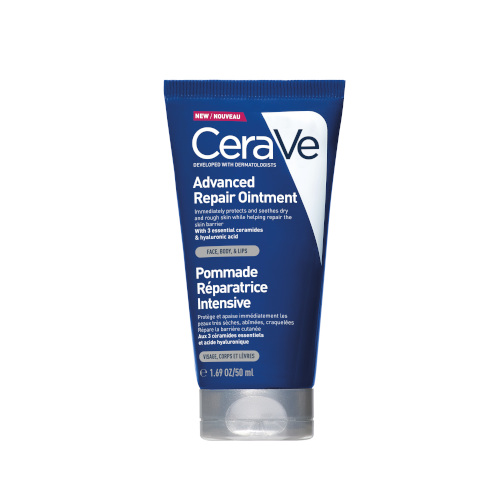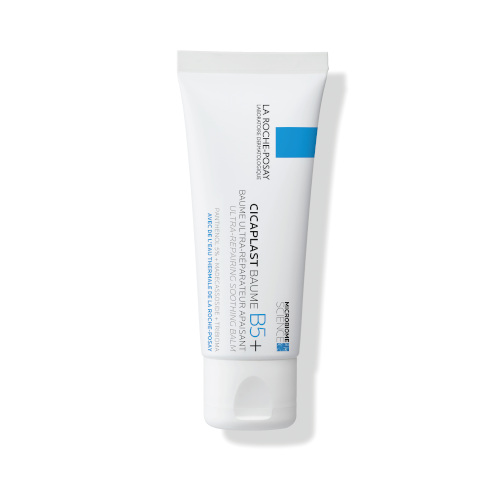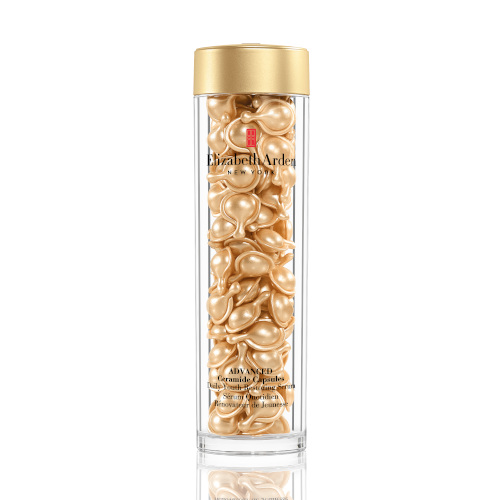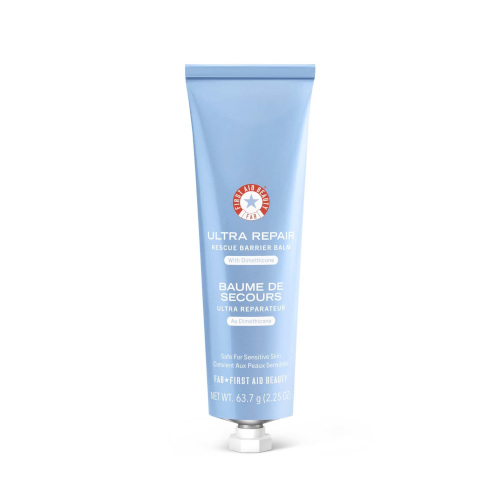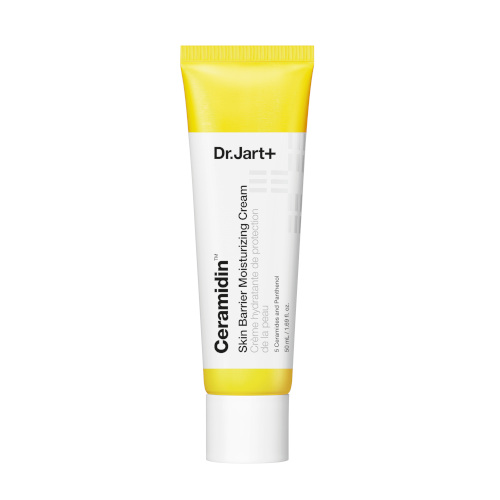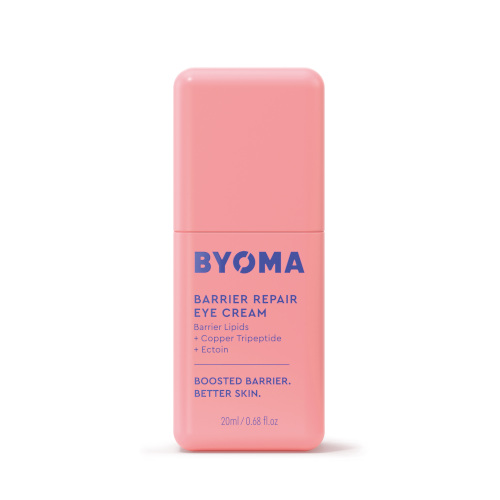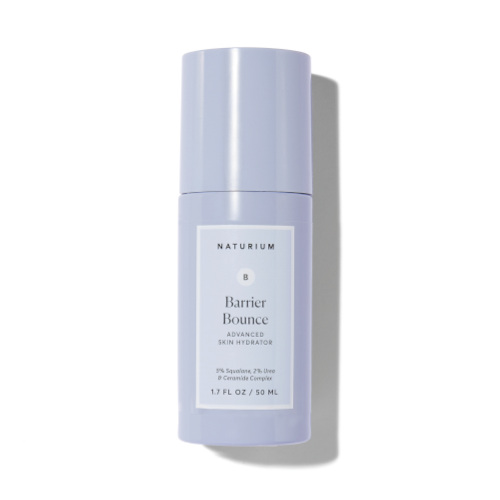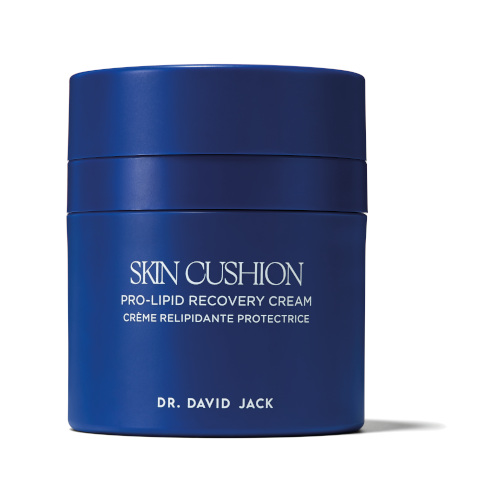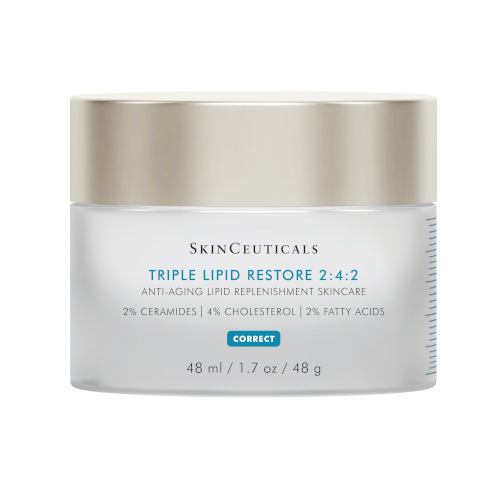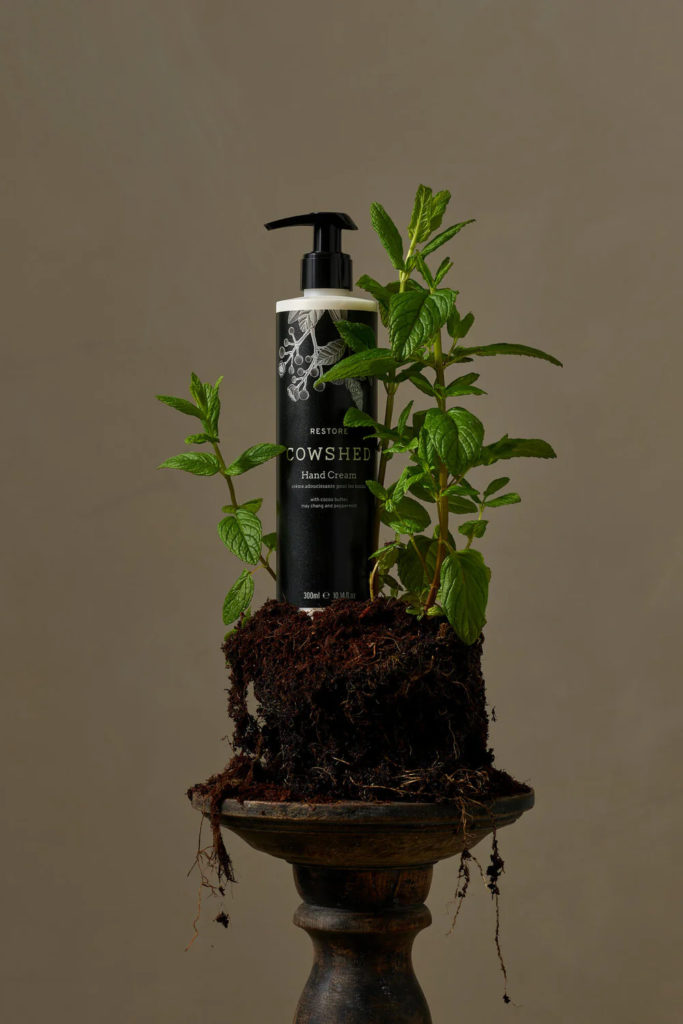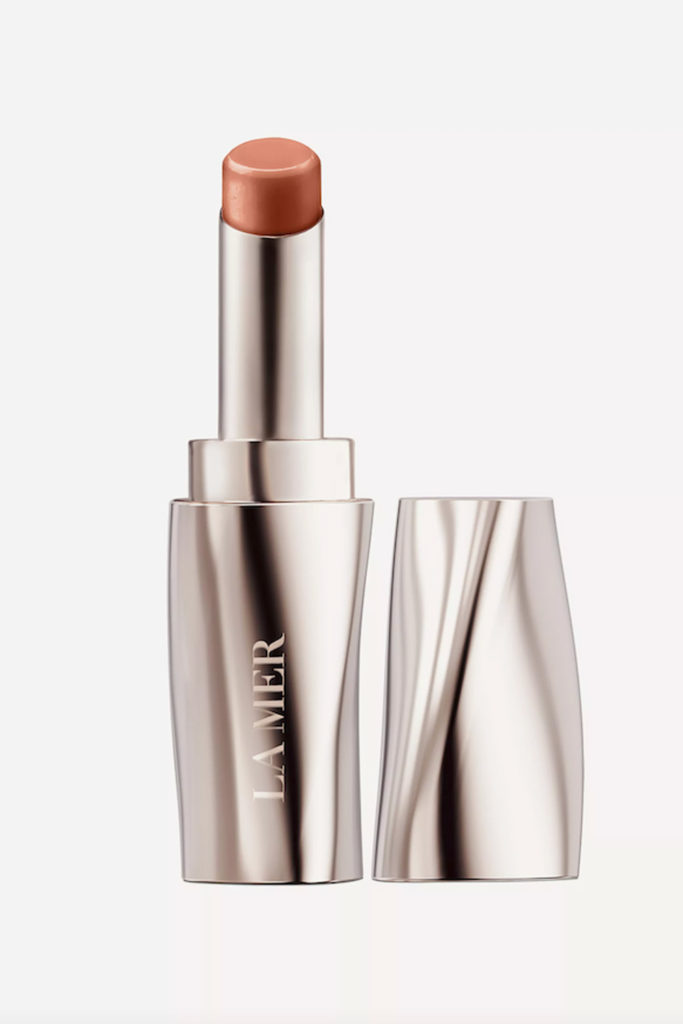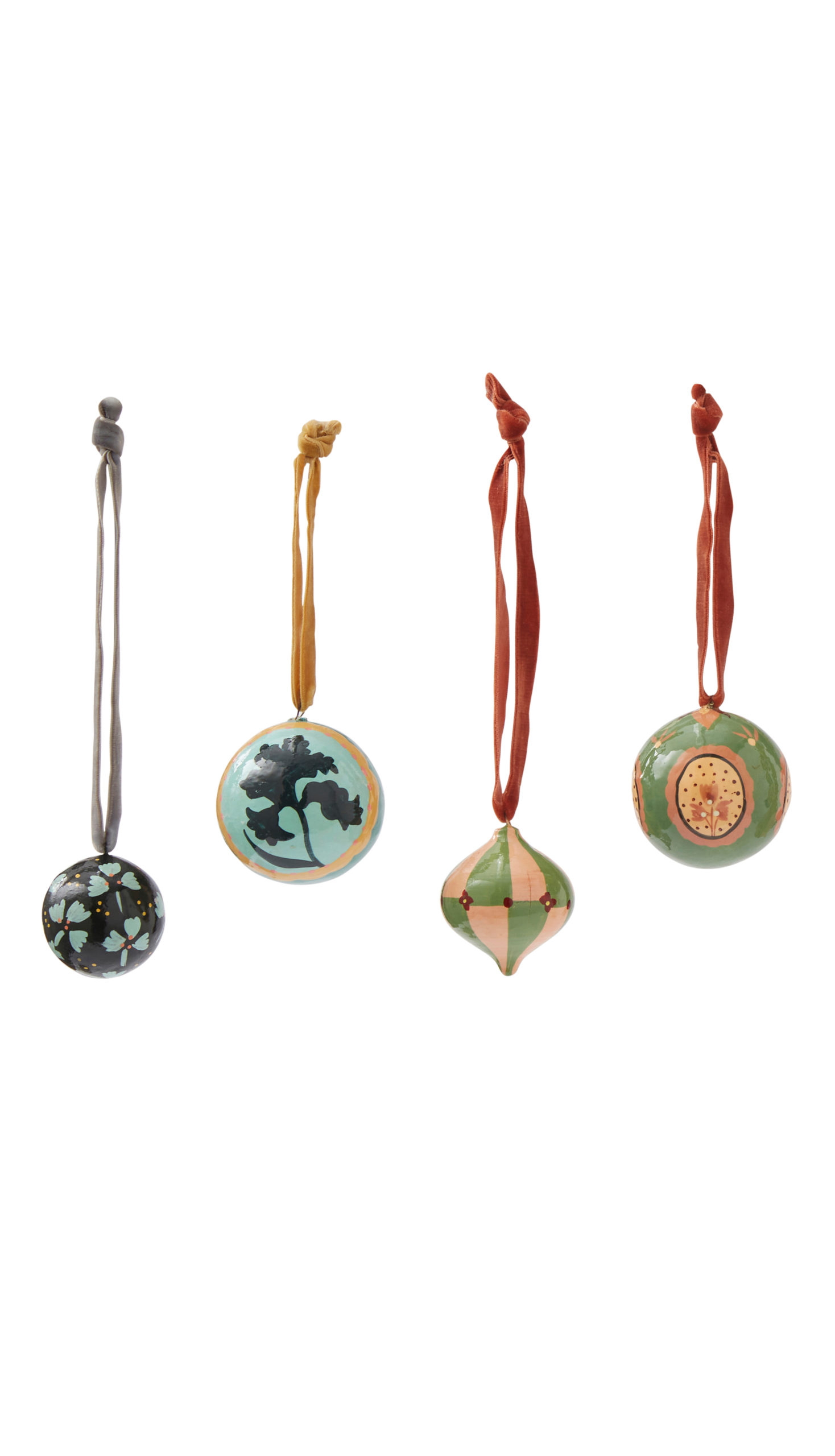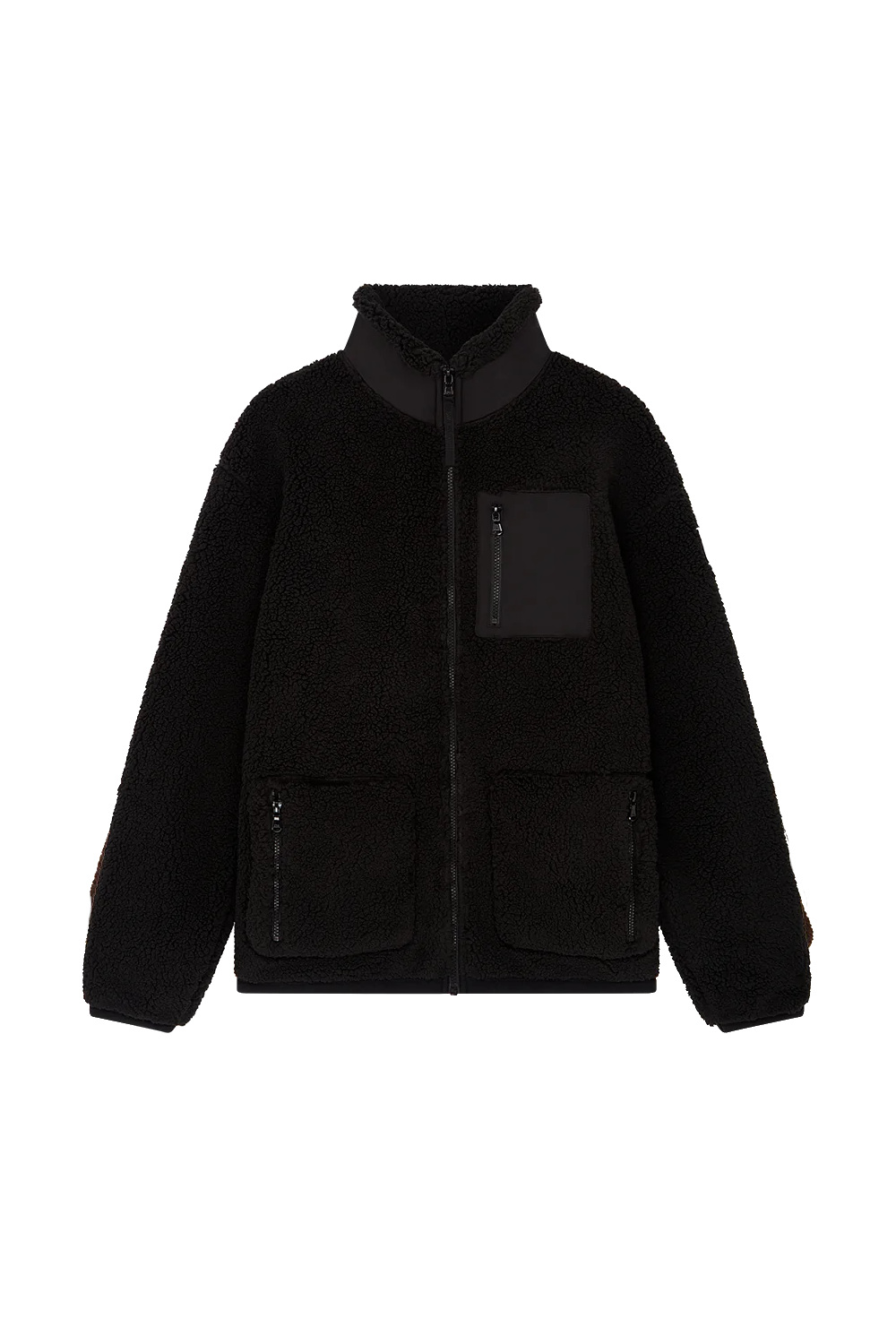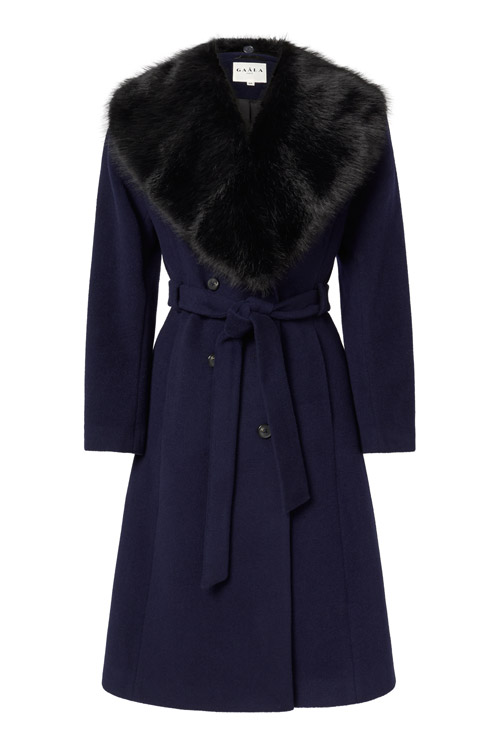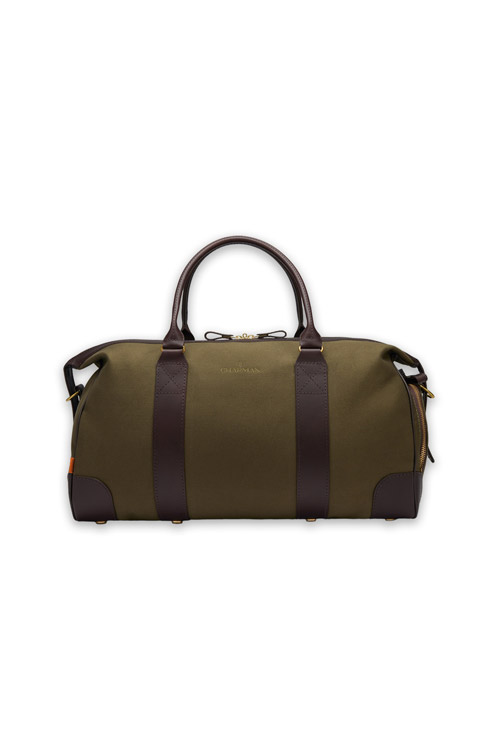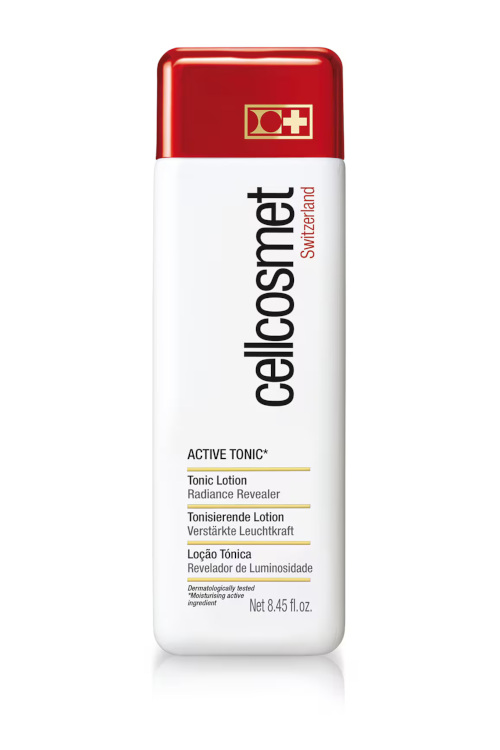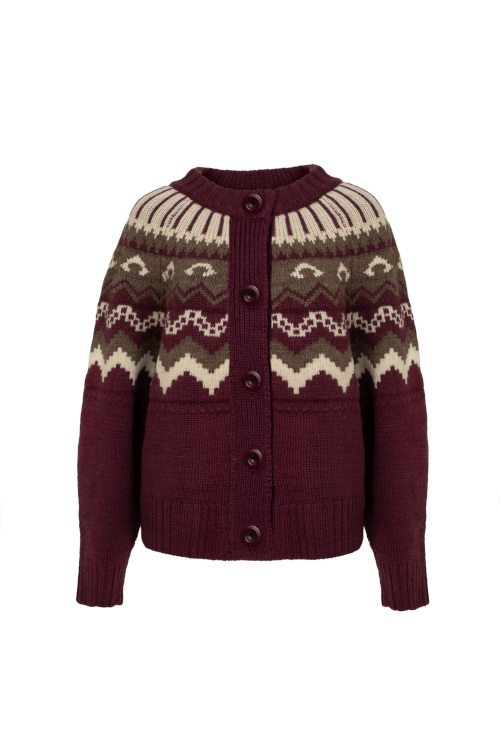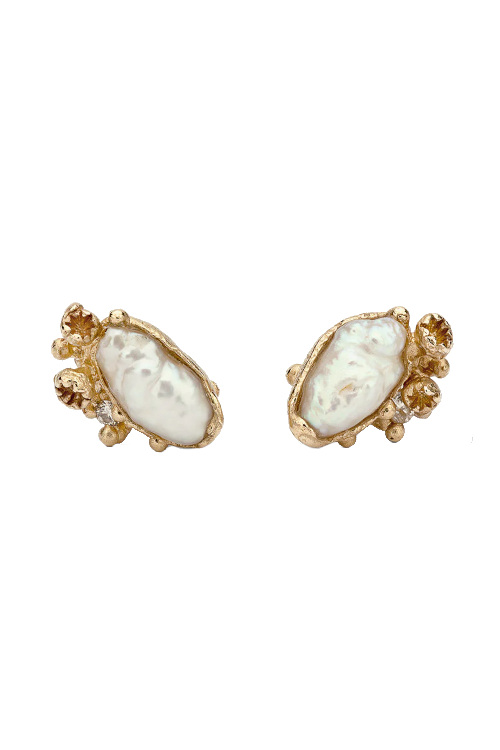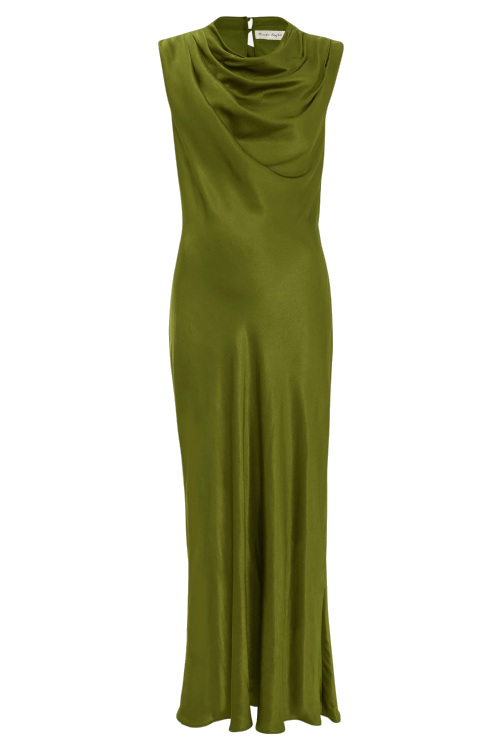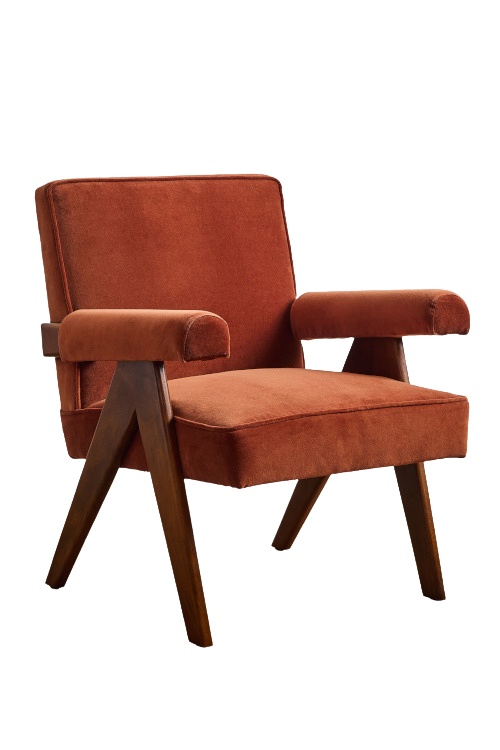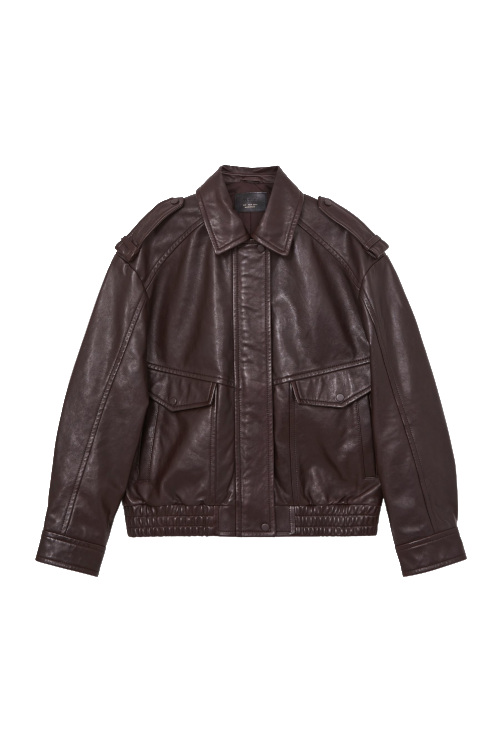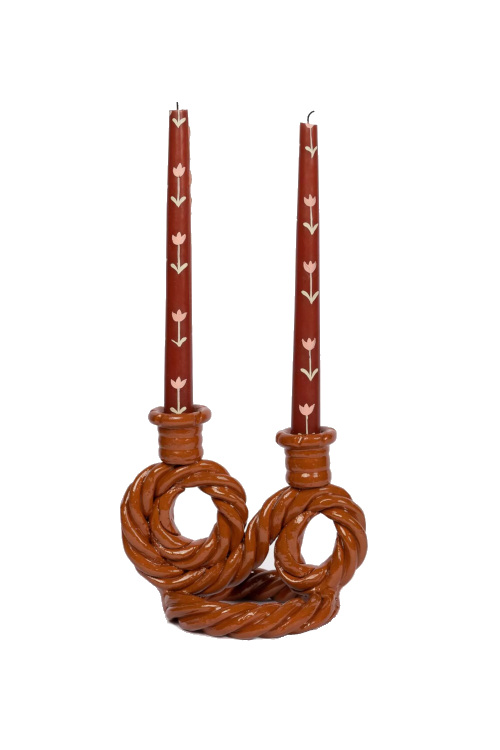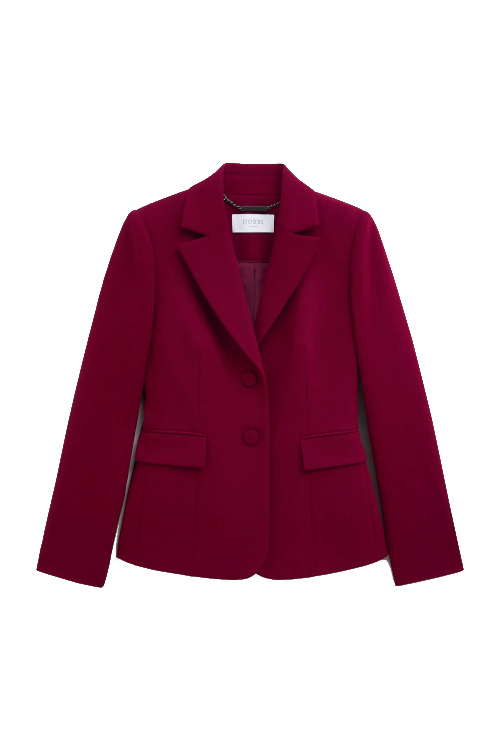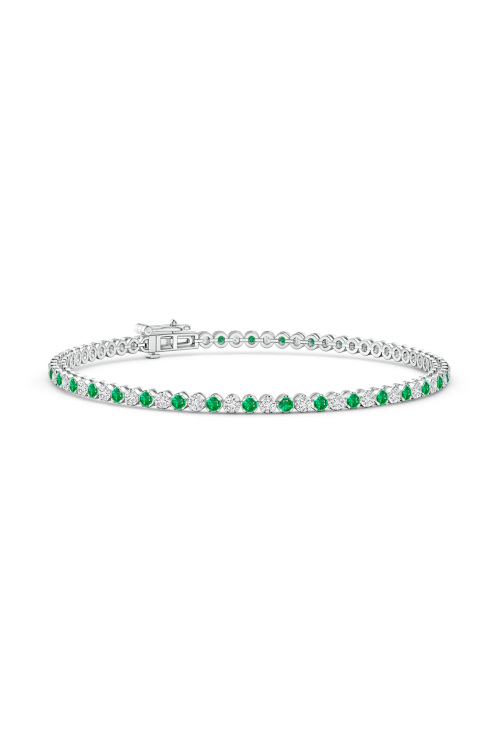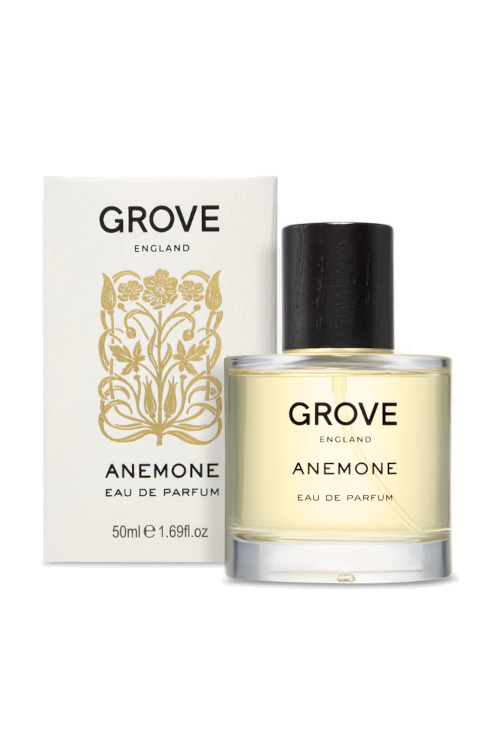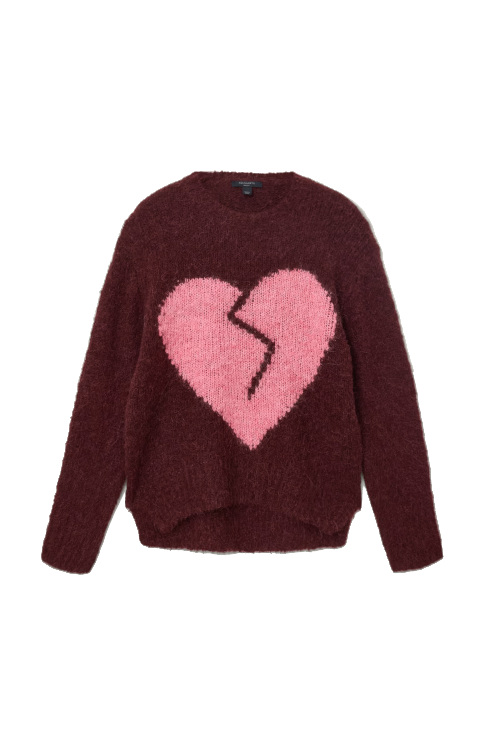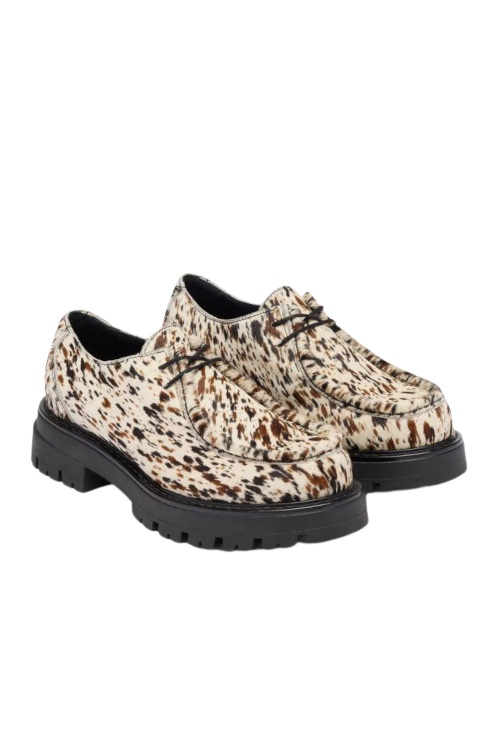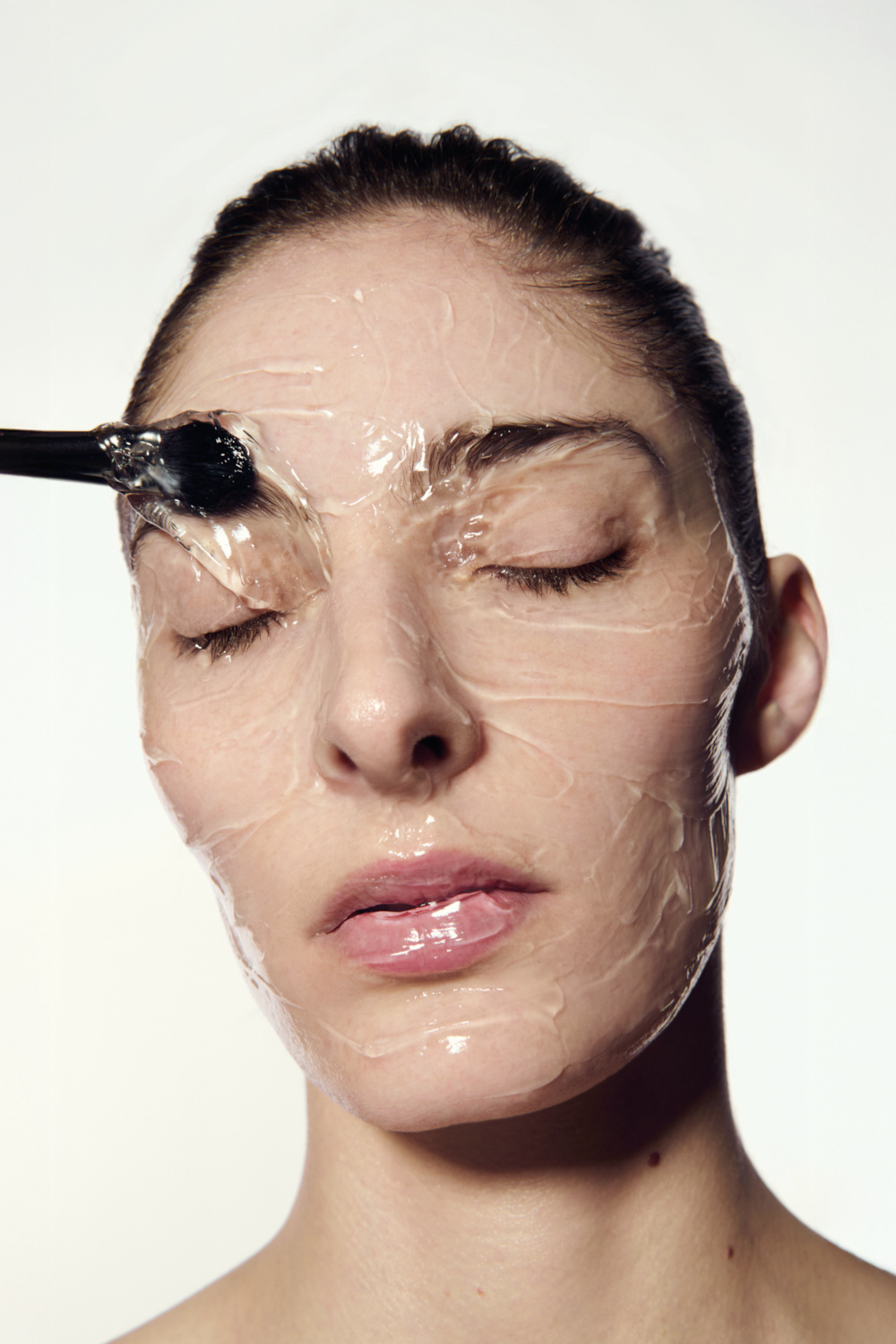
These Products Will Help Revive Your Skin Barrier
By
6 months ago
Great barrier grief? Not for long. These skincare heroes are just what your skin barrier needs.
Is your skin feeling tight, red, sore or flaky? You might have damaged your skin barrier. But help is at hand, says Claire Coleman. Here, she taps into the skincare experts who share their tips (and product suggestions) for reviving the skin barrier.
A Guide To Your Skin Barrier (& How To Revive It)
Last year there were almost half a million searches for the term ‘skin barrier’ on Google, over 200,000 TikToks and more than 400,000 Instagram posts on the topic. So what exactly is our skin barrier, and why have we become so obsessed with it?
‘The skin barrier is the outermost layer of the skin,’ explains consultant dermatologist and founder of skincare brand, Klira, Dr Emma Craythorne. ‘It’s made up of predominantly dead skin cells that are held together in a bricks and mortar structure, where they’re the bricks and the mortar is a mixture of free fatty acids, lipids and cholesterol. It’s a waterproof barrier that prevents external irritants from getting in.’
The problem comes when the skin barrier is compromised. That can happen for all sorts of reasons, including genetic predisposition, stress and age – as we get older, our body produces fewer of the lipids required by the barrier, and the lack of oestrogen in postmenopausal women exacerbates this. But all too often it’s self-inflicted.
We’re still living with the legacy of lockdown, when we saw a huge focus on skincare and an explosion in the number of social media accounts talking about products, leading many consumers to think that they can diagnose and treat skin issues themselves.
How Does Our Skin Barrier Get Disrupted?
‘The most common reason for patients to have a disrupted skin barrier is overuse of exfoliating ingredients,’ says Dr Ellie Rashid, a consultant dermatologist in private practice and with skincare brand CeraVe. ‘That may be because they have an existing problem, such as acne, and want to throw everything at it. Or it may be because they don’t understand the properties of different ingredients and are using a vitamin A derivative, such as retinol, but at the same time they want to brighten their appearance so they’re using a vitamin C, and alongside that a glycolic acid cleanser [all of which are acidic].’
Physical scrubs and dermablading can also irritate the skin’s barrier. However the damage is inflicted, the result is that gaps are created, allowing water to leave the skin more easily, but also letting pollution, dirt, microbes and ingredients in, resulting in irritation.
According to Dr Craythorne, however, we might also be trying to solve problems that don’t actually exist. ‘There’s a really unrealistic expectation of what skin should actually look like,’ she says. ‘It’s driven by the constant video calls that we do and the constant filtering that’s on almost every device. I see loads and loads of patients – and their pictures on Instagram and their skin in real life are very different.’
And social media trends, such as glass skin, or the pursuit of a clear, radiant complexion that’s as smooth as glass, often achieved through aggressive exfoliation, really don’t help. According to the Harley Street Skin Clinic, by the end of 2024, the trend had accumulated 1.2 million Instagram posts, 469,200 TikTok mentions and the term ‘glass skin’ had been searched on Google 1.1 million times that year.
There’s a certain irony that in the quest for skin perfection we’ve actually made things worse and in doing so have spawned an entirely new category of products. Brands like Byoma, which launched in 2022, have made barrier protection and repair their focus, while skincare experts, like Sarah Chapman, who recently launched her Barrier Restore facial, have added to their portfolios.
How To Spot The Signs
‘The new facial was really a response to what I was seeing in the clinic with clients who’d been deep diving into acids and retinoids with no guidance or control. The skin was at the point where it couldn’t tolerate anything,’ explains Chapman, who combines near infrared light to reduce redness and inflammation, cryotherapy for a cooling sensation, and her own R&R Glow Recovery Cream, which contains ceramides alongside anti-inflammatory ingredients such as ectoin and asiaticoside.
‘Anything you apply to the skin – even products that you’ve tolerated in the past – can sting, because the external environment can penetrate more easily,’ says Dr Craythorne. ‘That’s one of the first signs. Skin might also be red, because it’s irritated, or you’ll get patches of dryness appearing, because skin is losing water more easily.’
How To Revive Your Skin Barrier
Once you know it’s damaged, repairing it is often a question of doing less, rather than more, and doing it as gently as possible. ‘Stop doing everything,’ says Dr Rashid. This can mean reducing your skincare routine to just two steps – cleansing and moisturising. ‘As long as they’re not planning on being outside much, I’ll even tell patients to stop using an SPF until things are restored.’
Dr Craythorne concurs. ‘Gentle cream or oil cleansers, nothing with fragrance, nothing that bubbles [as the surfactants can irritate skin or dry it further].’ Then, for your moisturiser, you want to look for something that will replace what has been lost from the barrier.
‘Look for products that are rich in hydrating ingredients, such as glycerin, ceramides, fatty acids, hyaluronic acid,’ says Dr Rashid.
‘Lots of people think that if they’ve got a skin barrier issue, something like Vaseline will help but actually it’s just an occlusive agent – which means it traps any moisture that’s already in the skin. But you also need humectants that will draw water to the skin, and ingredients like ceramides that will help rebuild the barrier.’
When Will It Start To Get Better?
If you’re doing all the right things, you can expect skin to feel more comfortable within four to five days. After a couple of weeks it should be greatly improved. Then, Dr Rashid recommends going easy when bringing other products back into the routine, or starting anything new. ‘I’d say start with one at a time, rather than all at once. Wait a week or two between reintroducing each product.’
And, if you want to protect, rather than repair, your skin barrier, similar advice stands. It’s about knowing your own skin and what it can tolerate, avoiding fragrance if your skin is sensitive to it, moisturising regularly with products that contain those barrier-enhancing lipids, and taking it slow when you want to try something new.
The Best Products For Skin Barrier Revival
CeraVe
Advanced Repair Ointment, £11.50
A Vaseline-style texture but with those all-important ceramides.
La Roche Posay
Cicaplast Baume B5+ Repairing Balm, £11
Soothing and gentle enough to use on even baby skin.
Elizabeth Arden
Advanced Ceramide Capsules, £50
The original proponents of ceramides, these concentrated capsules pack a punch.
First Aid Beauty
Ultra Repair Rescue Barrier Balm, £28
Packed with soothing and protective ingredients.
Dr Jart
Ceramidin Skin Barrier Moisturising Cream, £15
With ceramides, panthenol and glycerin to moisturise, strengthen and soften.
Byoma
Barrier Repair Eye Cream, £13.99
Specifically targeted for the eye area.
Naturium
Barrier Bounce, £26.50
A serum designed to hydrate and replenish thirsty skin.
Dr David Jack
Skin Cushion, £139
Reduces redness while repairing and reinforcing the skin barrier.
SkinCeuticals
Triple Lipid Restore, £150
A nourishing cream packed with ceramides, cholesterol and fatty acids.

